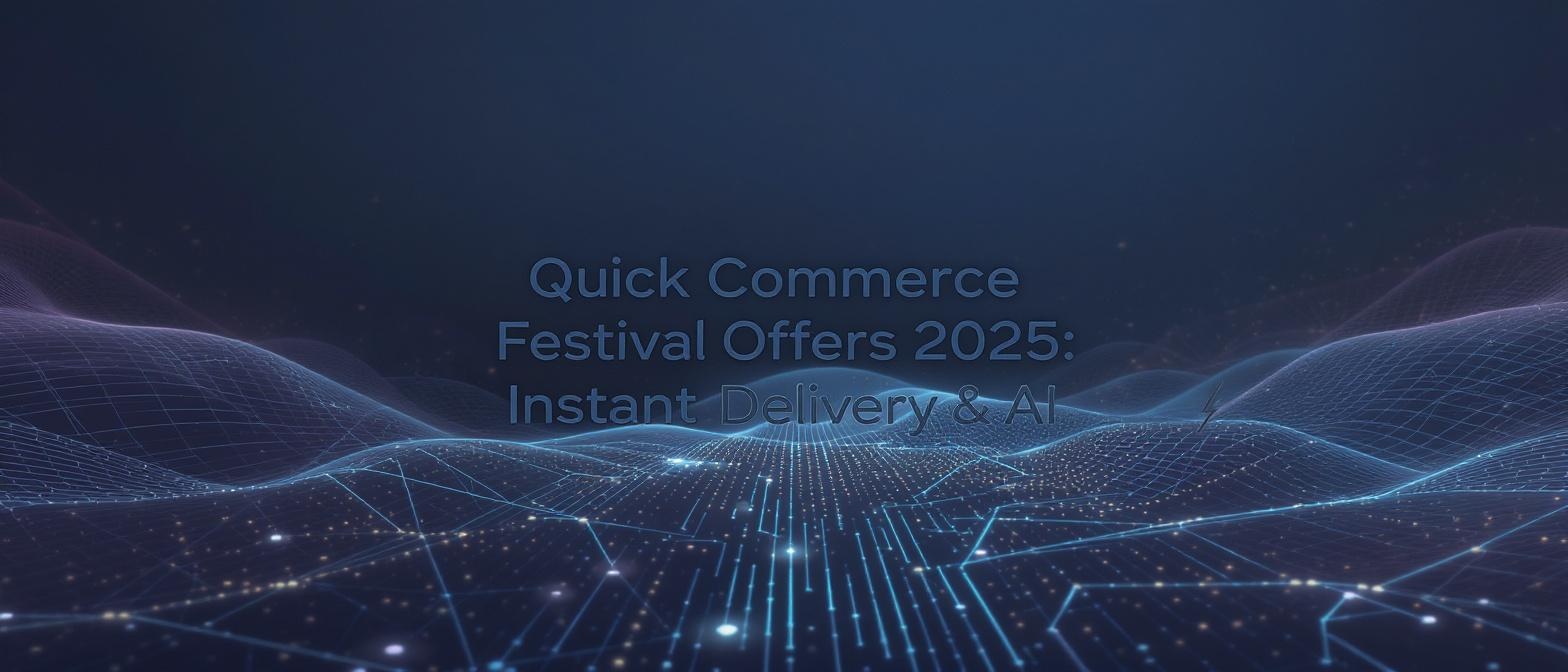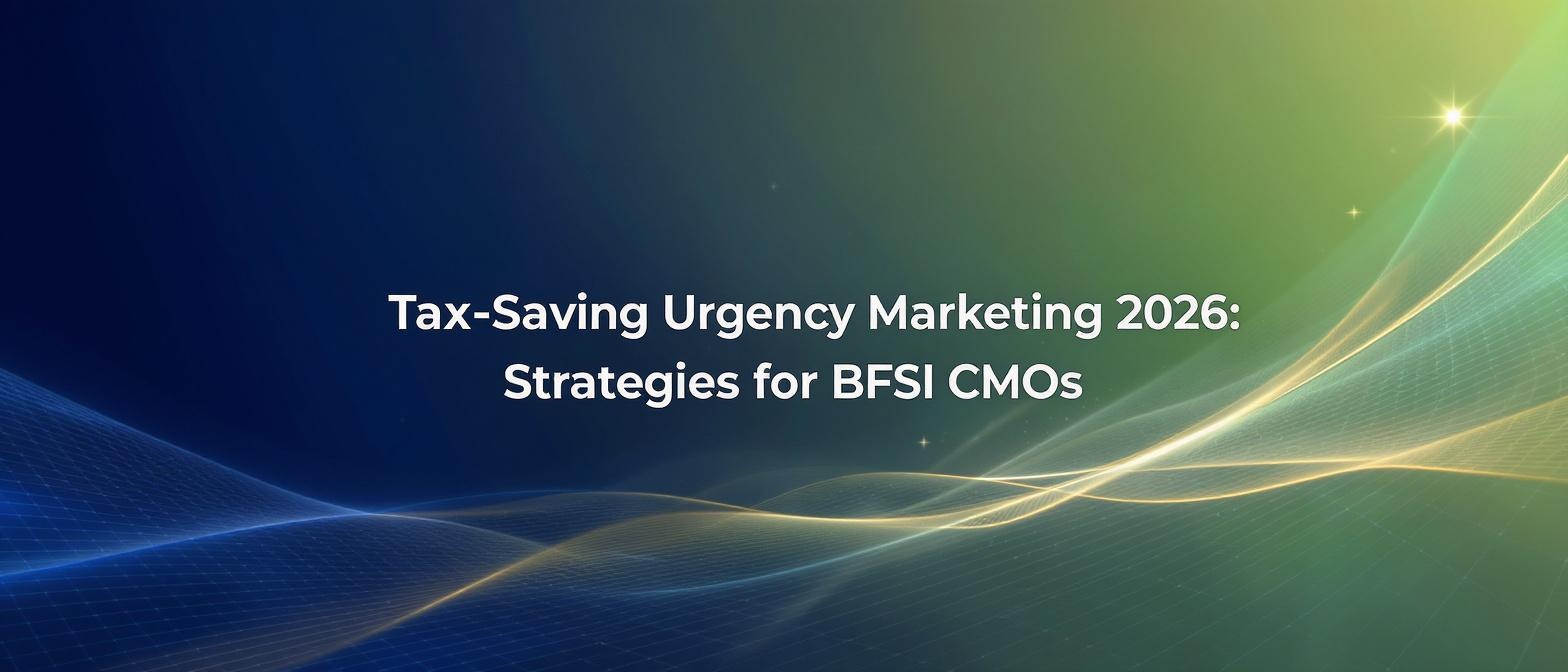Beyond the Hype: A Strategic Guide to AI Avatar Generators in 2025
Estimated reading time: 12 minutes
Key Takeaways
- Implementing AI avatar generators can drastically reduce production costs.
- They enable multi-language and localized video content creation at scale.
- Careful attention to ethics and digital consent is crucial for long-term success.
- Integration with APIs unlocks mass personalization and automated workflows.
The world of digital content is undergoing a seismic shift. Static images and lengthy text blocks are rapidly losing ground to more dynamic, engaging video formats. In fact, a staggering 79% of eCommerce brands now leverage AI-generated videos to showcase their products. This isn't just a fleeting trend; it's a fundamental evolution in how businesses communicate. However, the primary challenge is no longer if you should use video, but how you can produce it at the scale, speed, and level of personalization required to cut through the noise. This is where the strategic implementation of an AI avatar generator becomes a game-changer, moving beyond novelty to become a core engine for growth, localization, and efficiency.
While many articles offer a simple list of available tools, they often fail to address the deeper strategic questions: How do you move past the “uncanny valley” to create genuine connections? What is the practical framework for integrating this technology into your existing workflows? And most importantly, how do you measure the tangible return on investment (ROI)? This guide will not only explore the top-tier solutions but will also provide a comprehensive blueprint for leveraging AI avatars to redefine your content strategy, slash production costs, and engage a global audience with unprecedented effectiveness.
Section 1: Re-framing the Challenge: From Content Treadmill to Scalable Connection
The core challenge for modern marketing and training departments isn’t a lack of ideas, but a surplus of demands. Audiences expect hyper-personalized, localized, and constant streams of high-quality video content. The traditional production model—involving cameras, crews, studios, and lengthy post-production cycles—is fundamentally broken in the face of this demand. It’s too slow, too expensive, and too rigid to adapt.
This is where AI avatars pivot from a “nice-to-have” novelty to a strategic necessity. The conversation needs to shift from “Can we make a video?” to “How many versions of this video can we deploy by tomorrow?” The data underscores this urgency. Businesses that adopt AI video creation tools don’t just see marginal gains; they achieve a monumental 58% average reduction in production costs (https://www.truefan.ai/blogs/ai-video-generator-text-speech), according to a 2024 Zebracat report. Furthermore, with AI-powered avatars now appearing in 36% of brand-produced videos, audiences are becoming increasingly accustomed to and engaged by these digital personas.
The problem isn’t just cost; it’s also opportunity cost. While your team spends weeks producing a single corporate training video in one language, a competitor can generate dozens of localized versions in a fraction of the time. The challenge, therefore, is not about replacing human creativity but augmenting it, freeing up strategic minds to focus on messaging and campaign logic while AI handles the repetitive, resource-draining work of production.
Section 2: Innovation & Solutions: Escaping the Uncanny Valley
Early iterations of AI avatars often suffered from the “uncanny valley” effect—the unsettling feeling viewers get from digital humans that are almost, but not quite, realistic. This was largely due to poor lip-syncing and robotic expressions. However, the latest generation of AI avatar technology has made significant strides in overcoming this, focusing on the complex science of phoneme-to-viseme mapping, which ensures mouth movements perfectly match spoken sounds for a natural, believable performance. For more on creating lifelike avatars, refer to The Complete Guide to Professional Filming Techniques for Creating Lifelike Avatars.
The innovation extends beyond mere realism. The true power lies in the platform’s architecture. Leading solutions are no longer just tools; they are comprehensive, browser-based ecosystems designed for business workflows. They offer vast libraries of stock avatars, diverse voice options, and intuitive script-to-video interfaces that empower non-technical users to become proficient video producers. Platforms like Studio by TrueFan AI enable this by providing a self-serve portal where marketers can generate high-definition videos in minutes, not weeks.
Technologically, this is achieved through a combination of advanced machine learning models, cloud-based GPU rendering, and sophisticated content moderation algorithms. For instance, the ability to generate a video in over 175 languages with perfect, context-aware lip-syncing for each is not a simple feature. It requires massive datasets and complex neural networks trained specifically on linguistic nuances. This technical depth is what separates professional-grade platforms from simpler, consumer-facing apps, ensuring brand safety, compliance, and broadcast-quality output.
Section 3: Advanced Implementation: A Framework for Mass Personalization
Adopting an AI avatar generator requires more than just signing up for a subscription; it demands a strategic implementation framework. Simply creating one-off videos misses the technology’s core value proposition: scale. Here is a practical framework for integrating AI avatars effectively.
Phase 1: Establish Your Core Persona & Messaging (Week 1)
- Avatar Selection: Choose an AI avatar that aligns with your brand’s identity. Don’t just pick a face; consider the persona. Is it a friendly customer service guide, a formal corporate trainer, or a trendy brand ambassador?
- Voice & Tone Definition: Finalize the voice style. Should it be energetic, empathetic, or authoritative? Create a master script or “brand voice” document that will serve as the foundation.
- Core Scripting: Develop a set of core message templates for key use cases (e.g., welcome video, product demo, FAQ response).
Phase 2: Build Your Content Matrix for Localization (Week 2-3)
- Identify Variables: Create a spreadsheet outlining the components of your videos that will change. This includes languages, customer names, regional offers, or departmental training modules.
- Script Variation: Write variations of your core scripts for each target segment. This is where the efficiency of AI shines.
- Asset Collection: Gather necessary background images, logos, and on-screen text overlays for each variation.
Phase 3: Automated Generation and Deployment (Week 4 onwards)
- Leverage Platform Features: Use the platform’s capabilities to streamline production. For example, with Studio by TrueFan AI’s 175+ language support and AI avatars based on real influencers, you can generate an entire international campaign from a single interface. Use features like project duplication to quickly create A/B tests.
- API Integration (Advanced): For true mass personalization, integrate the platform’s API with your CRM or marketing automation system (https://www.truefan.ai/blogs/ai-video-api-integration-guide). This allows for the automatic generation of thousands of personalized videos, such as a unique welcome video for every new customer, triggered by your existing software.
- Review and Refine: Use the platform’s quick render times to generate, review, and tweak videos rapidly. A process that once took weeks can now be completed in a single afternoon.
Section 4: Overlooked Considerations: Ethics, Compliance, and Authenticity
While the creative and financial benefits of AI avatars are compelling, a deeper, more critical consideration revolves around ethics and authenticity. Competitor analyses often praise features without questioning the source of the avatars or the safeguards in place. This is a critical oversight for any serious business.
The primary overlooked issue is digital consent and likeness rights. Where do the faces for these avatars come from? Using platforms that cannot verify the origin of their avatars or that rely on scraping public data exposes a brand to significant legal and reputational risk. The most reputable platforms use fully licensed digital twins of real-life actors and influencers who have given explicit consent and are compensated for the use of their likeness. This “consent-first” model is the only ethically defensible approach.
Another crucial area is built-in content moderation. An open platform that allows users to generate any content without filters is a liability waiting to happen. Professional-grade solutions have robust, real-time moderation that blocks profanity, hate speech, and the creation of misleading political or explicit content. This isn’t a limitation; it’s a necessary safeguard that protects your brand’s integrity. Look for providers who are transparent about their moderation policies and compliance certifications, such as ISO 27001 or SOC 2, which demonstrate a commitment to data security and operational excellence. This ethical framework is the true differentiator that ensures long-term, sustainable use of the technology.
Section 5: ROI & Metrics: Measuring the Tangible Impact
One of the most significant gaps in typical reviews of AI avatar generators is the absence of a clear framework for measuring Return on Investment (ROI). The benefits are often stated vaguely as “cost savings.” To truly justify the investment, you need to track specific, quantifiable metrics.
The ROI formula is straightforward: ROI = [(Financial Gain - Investment Cost) / Investment Cost] x 100%.
1. Calculating Investment Cost:
- Subscription Fees: The monthly or annual cost of the platform (e.g., plans starting from ₹2,999/month).
- Time Investment: The hours your team spends scripting, generating, and managing the content.
2. Measuring Financial Gain (The Numerator):
This is where the real value is unlocked. Financial gain is not just one number but a combination of cost savings and revenue generation.
- Reduced Production Costs: Calculate the cost of a traditionally produced video (crew, studio, editing) and compare it to the AI generation cost. Companies using AI regularly report saving up to 80% on time and budget (https://www.truefan.ai/blogs/ai-video-generation-roi-marketing).
- Increased Conversion Rates: Use A/B testing to compare the performance of AI avatar videos against static images or text on landing pages and in ads. Track the uplift in sign-ups, downloads, or sales.
- Higher Engagement Metrics: Monitor metrics like Click-Through Rate (CTR), video completion rate, and shares. While not direct revenue, these are leading indicators of audience connection and brand health.
- Localization Efficiency: Quantify the cost of hiring voice actors and translators for multiple languages versus the one-click generation offered by the platform.
Solutions like Studio by TrueFan AI demonstrate ROI through drastic reductions in production timelines—from weeks to minutes—and by enabling a level of A/B testing and personalization that was previously cost-prohibitive. By tracking these specific metrics, you can build a powerful business case that showcases the technology as a revenue driver, not just a cost center.
Section 6: Future Roadmap: What to Expect by 2026 and Beyond
The field of AI-generated media is evolving at an exponential rate. Looking beyond the current capabilities, several key trends are set to define the future of AI avatars, and preparing for them now will provide a significant competitive advantage.
First, the move towards real-time, interactive avatars will accelerate. Imagine a customer service avatar on your website that doesn’t just play a pre-recorded video but engages in a live, natural-language conversation, pulling information from a knowledge base to answer complex queries instantly. This will merge the roles of chatbot and video presenter into a single, highly effective digital employee.
Second, hyper-personalization will become the norm. Future platforms will integrate more deeply with user data to generate content on the fly. An e-learning platform could generate a unique summary video for each student based on their specific quiz results, or an e-commerce site could show a product demonstration video featuring an avatar that matches the visitor’s demographic.
Third, the creative fidelity will continue to improve, further erasing the uncanny valley. We will see more nuanced emotional expression, environmental interaction, and the ability to generate custom avatars from a simple text description with photorealistic results. To prepare, businesses should focus on building robust first-party data strategies and begin experimenting with API-driven video workflows. The companies that master the art of scalable, personalized, and ethical AI video today will be the ones who dominate the digital landscape of tomorrow.
Frequently Asked Questions
How do professional AI avatar platforms ensure data security and privacy?
Top-tier platforms prioritize security through comprehensive measures. This includes achieving compliance certifications like ISO 27001 and SOC 2, which govern data management and security protocols. They employ end-to-end encryption for all user data and scripts. Furthermore, they operate on a “walled garden” principle, ensuring that generated content and user information are not shared or used to train public models without explicit consent, protecting your intellectual property.
What are the real limitations of current AI avatar technology?
While incredibly advanced, the technology still has limitations. The primary challenge is conveying deep emotional nuance; while expressions are good, they may not match the subtlety of a human actor for highly dramatic content. Custom avatar creation can still be a time-consuming and expensive process, and most platforms work best with shorter scripts (100-200 characters per segment) to ensure optimal lip-sync quality. Real-time, unscripted conversation is still an emerging, rather than a standard, feature.
How does avatar licensing work and what should I look for?
This is a critical consideration. The best platforms use a “consent-first” model, meaning they have formal legal agreements with the real-life individuals whose likenesses are used for the avatars. These actors are compensated for the use of their digital twins. You should look for platforms that are transparent about this and avoid those that cannot verify the source of their avatars, as this can pose a significant legal and ethical risk to your brand.
Can I use my own voice or a specific person’s voice with an avatar?
Yes, many advanced platforms offer voice cloning capabilities. This typically requires submitting a clear audio sample of the desired voice. The platform’s AI then analyzes the sample to create a synthetic version that can speak any scripted text. This is ideal for creating a custom avatar for a company spokesperson or CEO, allowing them to “narrate” videos without having to be in a recording studio for every new message.
How does a platform like Studio by TrueFan AI handle different languages and accents?
Platforms like Studio by TrueFan AI use sophisticated multilingual speech synthesis models. When you provide a script in one of the 175+ supported languages, the AI doesn’t just translate the words; it generates the speech using a voice model trained on native speakers of that language. This ensures correct pronunciation, intonation, and accent. The phoneme-to-viseme mapping technology then adjusts the avatar’s lip movements to perfectly match the specific sounds of that language, ensuring authenticity.
Are there built-in features to prevent misuse or off-brand content creation?
Yes, brand safety is a core feature of enterprise-grade AI avatar generators. They include built-in, real-time content moderation filters that automatically block the generation of videos containing profanity, hate speech, explicit language, or sensitive political endorsements. This ensures that even with multiple users on a team, all content generated remains compliant with brand guidelines and ethical standards, protecting the company from reputational damage.
Conclusion
The discourse around AI avatar generators is maturing rapidly. Moving beyond simple fascination, the strategic imperative is now to leverage these tools for measurable business outcomes. The true potential is not in creating a single, perfect video, but in building a scalable engine for personalized communication. As we’ve explored, this requires a shift in mindset—from the constraints of traditional production to the possibilities of automated, multi-language content workflows. By incorporating fresh data showing massive cost reductions and rising adoption, it’s clear this is no longer a futuristic concept but a present-day reality.
The path to success lies in navigating beyond the surface-level features touted by most reviews. It requires a deeper look at the underlying technology, a commitment to ethical implementation through consent-first avatar licensing, and a rigorous approach to measuring ROI. By focusing on overlooked areas like content moderation, API integration, and future trends like real-time interactivity, you can build a content strategy that is not only efficient but also resilient and authentic.
Your next step is to move from theory to practice. Begin by auditing your current content bottlenecks and identify one key area—be it internal training, social media marketing, or customer onboarding—where speed and personalization can make a significant impact. Start experimenting with a professional platform, focusing on the implementation framework outlined above. The era of scalable, personalized, and truly global video content is here. The only question is whether you will be the one to lead it.



